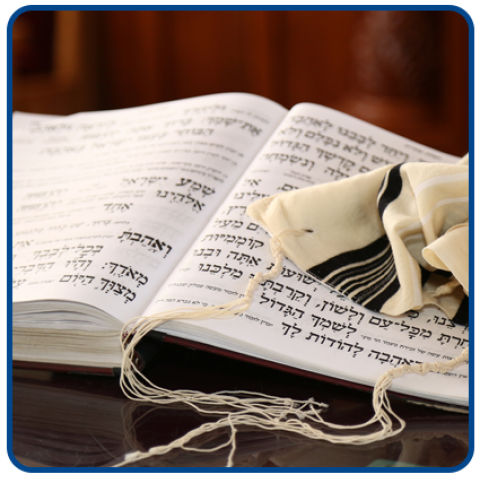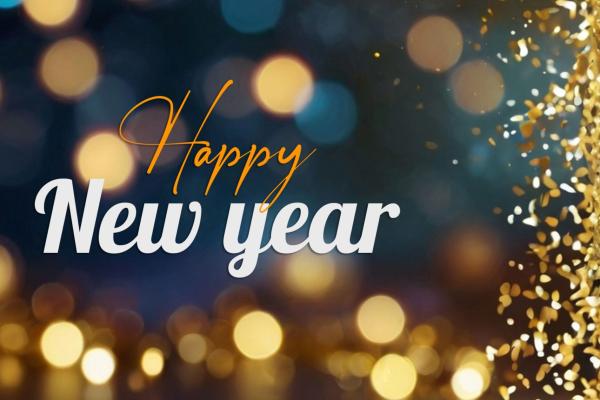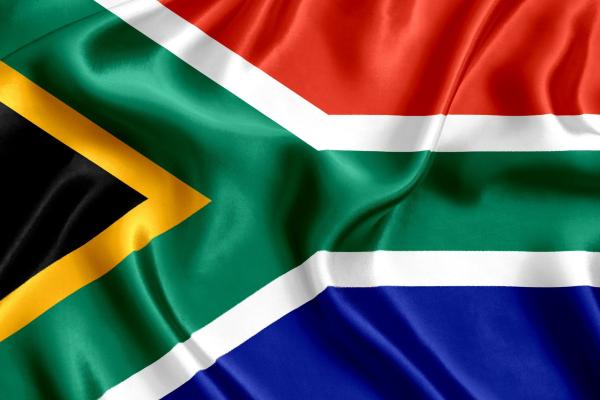By Jonathan BernisThe biblical symbolism of the Jewish Messiah and Redeemer of the world has been a mystery to mankind, but there is good news because God has given us the keys to understanding the things that are hidden (1 Corinthians 4:1). Revelation is reserved for those who have ears to hear and eyes to see what is concealed in the shadows that form the likeness of Yeshua ( Jesus). That privilege is given to the body of Messiah, and the time for these secrets to be unlocked is now (Roman 16:25-27). We are stewards of the mysteries of Messiah so we can co-labor together to hasten His return.Both Old and New Covenants are packed with puzzle pieces of the Ancient of Days, who was destined to bring saving grace to Abraham’s seed and the nations. He has always existed and was with God the Father before the foundation of the universe ( John 1:2). It is God’s glory to conceal and mankind’s glory to uncover, so it is our job to fit pieces together to discover the Son of Man’s likeness.Yeshua’s image is seen in the form of the Angel of the Lord (Genesis 22:15; Exodus 3:2) and King Melchizedek (Genesis 14:18-20). His shadow is evident in the fire by night and the cloud by day (Deuteronomy 1:33) as the Israelites wandered through the wilderness. He is the Temple not built with hands (Matthew 12:6; Mark 14:58), and His attributes appear in the articles of worship within God’s special place in the outer and inner courts and the Holy of Holies (Exodus 25:31-40; John 8:12).Born in Bethlehem, meaning “House of Bread” in Hebrew, Yeshua is seen in the symbol of the tallit, or Jewish prayer shawl (Numbers 15:37-40), representing the commandments of the Torah and a life consecrated to God. The Jewish Messiah became God’s Word in human form ( John 1:1-3). Yeshua fulfilled all the Law and commandments by His life offered to the will of the Father and for the love of mankind (Matthew 5:17). The name Yeshua in Hebrew means “salvation” or “God saves” and is mentioned more than 152 times in the Old Covenant. Paul even referred to the Tanakh when he taught about Yeshua: “They arranged to meet Paul on a certain day, and came in even larger numbers to the place where he was staying. He witnessed to them from morning till evening, explaining about the kingdom of God, and from the Law of Moses and from the Prophets he tried to persuade them about Jesus” (Acts 28:23).Hebrews 10:1 is a very profound statement: “The law is only a shadow of the good things that are coming—not the realities themselves. For this reason it can never, by the same sacrifices repeated endlessly year after year, make perfect those who draw near to worship.” In Jewish culture, there are two moadim, or “appointed days,” of the Lord that I believe are the two greatest shadows of that which was to come. Passover is the first, from Exodus 12. As the story of deliverance evolves, the Egyptian Pharaoh refuses to release the Israelites to Moses and endures nine horrible plagues. The tenth plague brings the Angel of Death into the country; and as he passes, the first-born children die unless there is lamb’s blood on the doorposts of each home—both Israelite and Egyptian.Miraculously, the Israelites’ children were saved because they killed a lamb according to the instructions of Moses and swabbed the blood over the doors to protect them. The lamb chosen and sacrificed was an animal without spot or blemish. It was roasted and eaten with unleavened bread and bitter herbs. This was the landmark event for Israel and a shadow of the Gospel, the Good News. That lamb foreshadowed the spotless Lamb of God, Who without sin, carried in His body the transgressions of the whole world to a hill called Golgotha (Isaiah 53:5). This selfless act became the watershed event for all mankind. The other significant appointed time (mo'ed) I want to discuss is Yom Kippur, the Day of Atonement. During this annual event, the priest represented the people before the Lord. Two goats were used. One was sacrificed for forgiveness; the other was used as a substitute for the sins of the people placed on it by the priest and released into the wilderness. The blameless animal became the scapegoat for the people’s righteousness. This Jewish holiday foreshadowed the forgiveness we receive from the atoning work of Messiah upon the cross (Leviticus 23:27-36). Passover and Yom Kippur stand as the bookends of the Lord’s prophetic Voice and foreshadowing through symbols and events seen in Scripture. That which falls between these bookends points to the Son of Man, Yeshua, Who is the “radiance of God’s glory and the exact representation of His being” (Hebrews 1:3). Other examples of the foreshadowing of Yeshua emerge in each of the Jewish holidays. After Passover comes First Fruits, when Yeshua fulfills the first fruits of life from the dead. Fifty days later, the Holy Spirit is poured out. Then another shadow, Shavuot or Pentecost (the wheat harvest feast), points to the harvest of lost souls. Rabbinical tradition says that the Law was given during Shavuot, which represents the Holy Spirit filling those who waited in Jerusalem with power and boldness. And through the Holy Spirit, the Law is written upon our hearts when we believe in Him and confess that He is Lord. Lastly, there are three fall feasts: Feast of Trumpets, or Rosh Hashanah—a picture of Yeshua returning to earth for those who believe. Then Yom Kippur, or Day of Atonement. And then Tabernacles, or Sukkot, the time when God’s government will reign under the leadership of Messiah over the earth. The concept of Israel as a Bride is not new. The book of Hosea illustrates the story of sacrificial love that can only point to the one true Redeemer of mankind—Yeshua, unwaveringly faithful to His people. Hosea demonstrates His enduring commitment to his bride Gomer by wooing her back—a picture of God’s covenant with Israel—although she’s become a prostitute and stained with sins of idolatry. Yeshua is woven through the entire fabric of the Bible, yet there is coming a day when all of Israel will mourn Him. They’ll regret that they didn’t recognize the shadow that testified and is testifying to the presence of God, in the form of Yeshua. “And I will pour out on the house of David and the inhabitants of Jerusalem a spirit of grace and of supplication. They will look on me, the one they have pierced, and they will mourn for him as one mourns for an only child, and grieve bitterly for him as one grieves for a firstborn son” (Zechariah 12:10).











